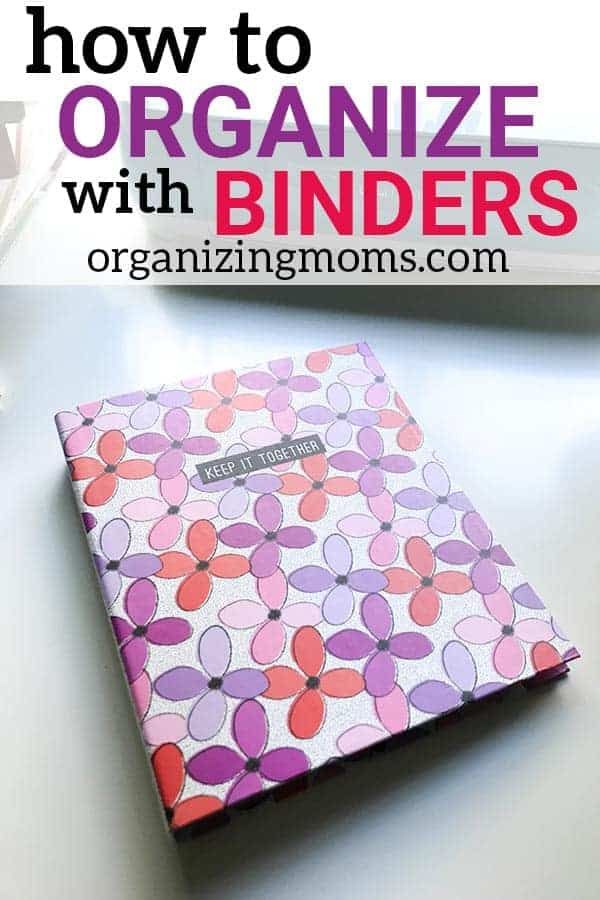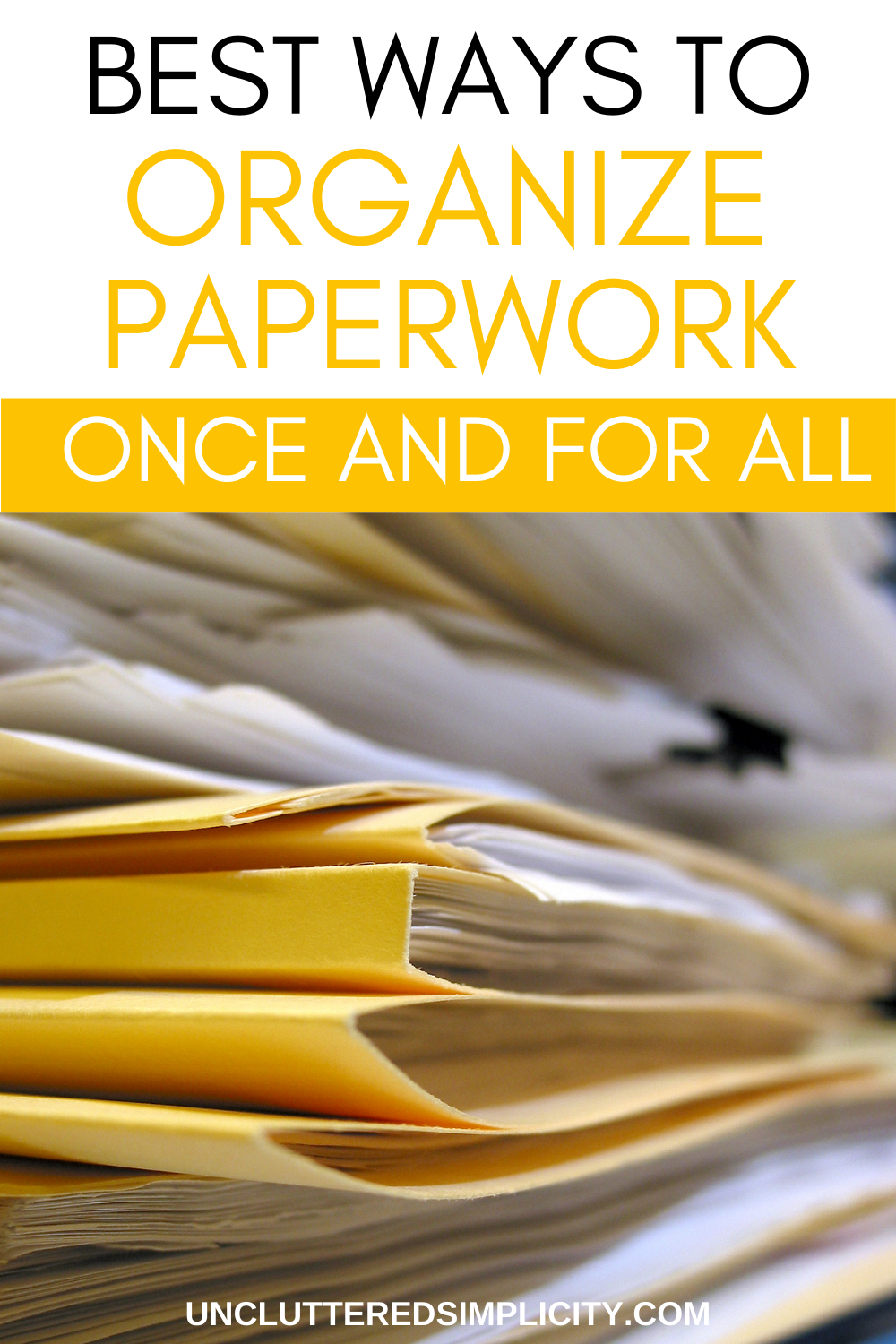5 Ways to Organize Paperwork Using the Bag Method

Managing paperwork can often feel overwhelming, but there's a simple and effective technique called the 'Bag Method' that can streamline this task. This method involves categorizing documents into different bags based on their purpose or frequency of use, which not only helps in keeping your office space tidy but also ensures that important papers are easily accessible. Let's dive into the five key strategies for organizing paperwork using the Bag Method.
1. Sorting Your Paperwork

The first step in utilizing the Bag Method for organizing paperwork is sorting. Begin by gathering all your papers and sorting them into categories. Here’s how to do it:
- Immediate Action Items: Documents that require immediate attention or have deadlines, such as bills or urgent memos.
- Reference Materials: Items like manuals, receipts, or articles that you might need to refer back to.
- Long-term Storage: Papers like contracts, warranties, and tax records that need to be kept but not frequently accessed.
- Recycle/Trash: Any outdated documents or irrelevant pieces of paper.
Once you’ve categorized your documents, it’s time to assign each category a bag or container.
2. Choosing the Right Containers

The type of container you choose can greatly impact the success of the Bag Method. Here are some tips for selecting the right ones:
- Portability: Opt for bags or containers that are easy to carry around if you need to move between different workspaces.
- Visibility: Clear bags or containers allow for quick identification of contents without opening each one.
- Durability: Since some papers might be kept for a long time, choose containers that can protect against wear and tear.
- Size: Ensure the container is appropriately sized for the amount of paperwork it will hold. Too big, and it becomes unwieldy; too small, and papers get cramped.
A table of different container options can help:
| Container Type | Best for |
|---|---|
| Zippered Bags | Immediate action items |
| File Crates | Reference materials |
| Cardboard Boxes | Long-term storage |
| Recycling Bin | Outdated documents |

💡 Note: For documents that need to be secure, consider lockable bags or boxes.
3. Labeling and Indexing

To maintain an organized system, labeling is crucial:
- Use clear, durable labels. They should be easy to read and firmly attached to prevent them from falling off.
- Include the date range or category on the label for quick identification.
- Consider color coding or using symbols for even faster sorting and retrieval.
- Create an index card or a digital note with the contents of each bag for easy reference.
4. Maintenance and Regular Review

Like any organizational system, the Bag Method requires maintenance:
- Weekly Check-ins: Spend some time each week to review your action items and reference materials. Move items as necessary.
- Monthly Purge: At least once a month, go through each category and remove unnecessary or outdated papers.
- Annual Overhaul: Conduct a thorough review annually to ensure everything is still relevant and organized.
5. Digitizing When Possible

While the Bag Method focuses on physical documents, integrating digital solutions can enhance its effectiveness:
- Scan and Store: Digitize important documents that you don’t need in physical form. This can reduce clutter and make retrieval easier.
- Use Digital Folders: Organize digital copies into folders that mirror your physical categorization.
- Cloud Services: Utilize cloud storage for backups, ensuring you never lose essential documents.
To summarize, the Bag Method offers a flexible and practical approach to managing paperwork. By categorizing, selecting the right containers, labeling efficiently, maintaining the system, and digitizing when possible, you can transform chaotic stacks of paper into an organized, easy-to-navigate system. Remember, the key is consistency; regular upkeep will keep your paperwork under control.
How often should I review my bags?

+
Weekly reviews for action items and monthly reviews for reference materials are recommended to keep your paperwork organized.
What should I do if a bag gets too full?

+
If a bag gets too full, consider digitizing some of the documents, reassess which documents are necessary, or upgrade to a larger container.
Can the Bag Method be applied in a small home office?

+
Yes, the Bag Method can be adapted for any size space. Use compact bags or hanging file folders to maximize space efficiency.
Are there any tools to help with document management?

+
Yes, document management software like Evernote, OneDrive, or Google Drive can assist in digitizing and organizing your paperwork alongside physical bags.
How secure are paper documents compared to digital ones?

+
Paper documents can be secure if kept in locked containers or safe boxes. Digital documents require encryption, strong passwords, and secure cloud storage for optimal security.



